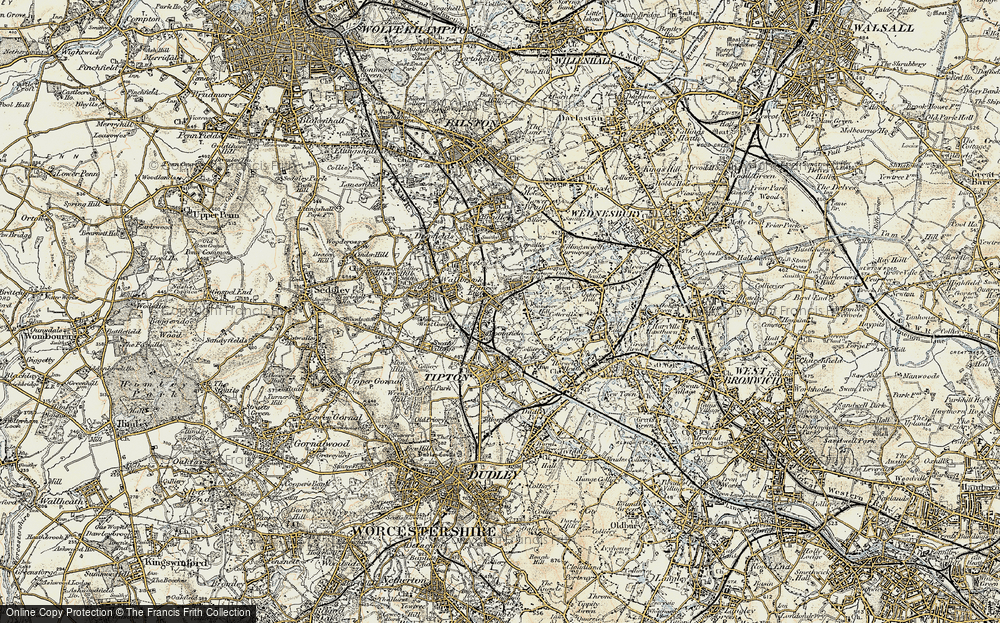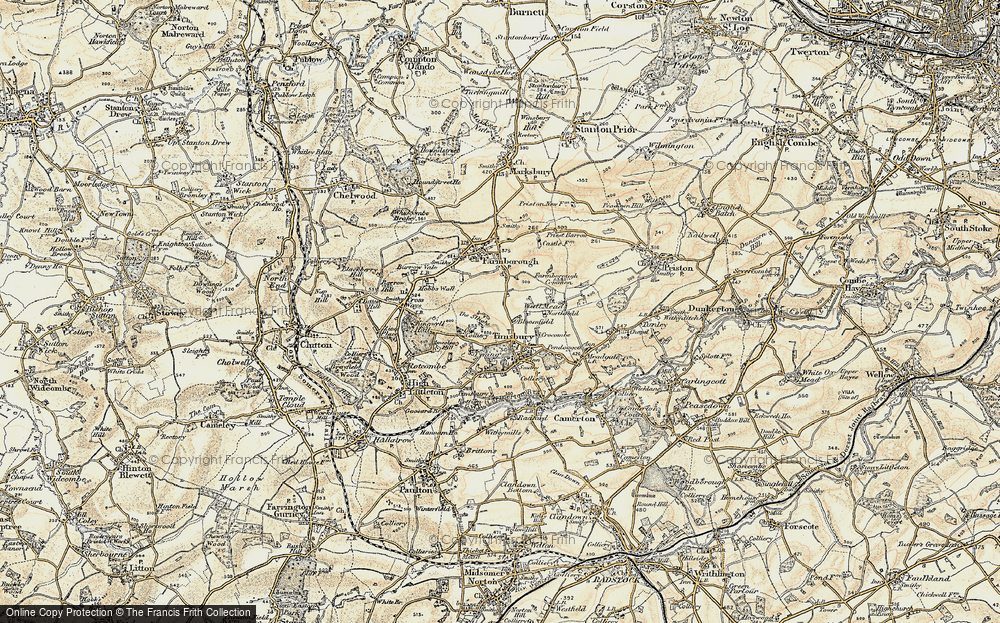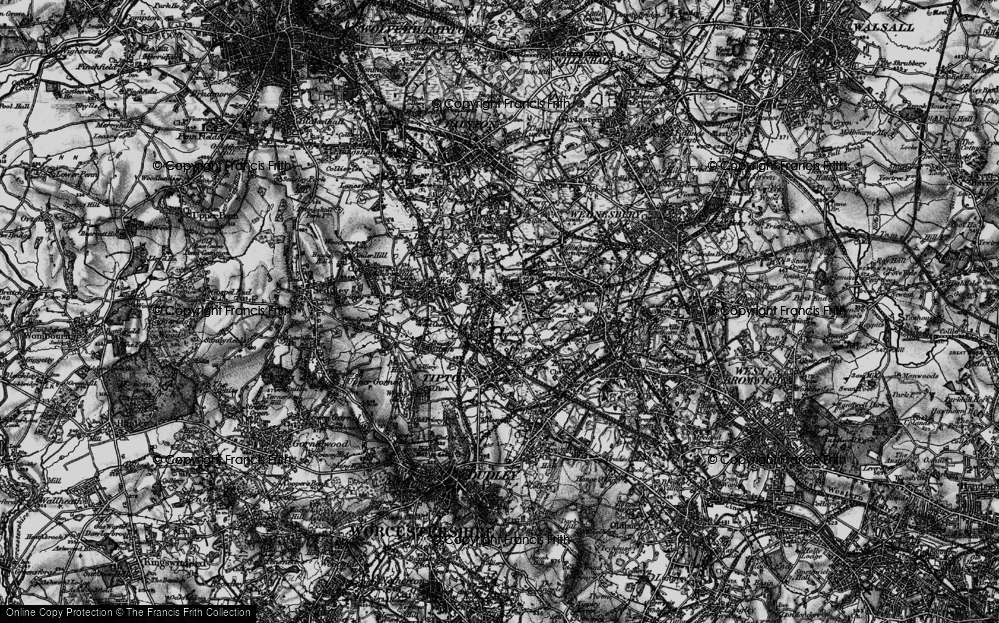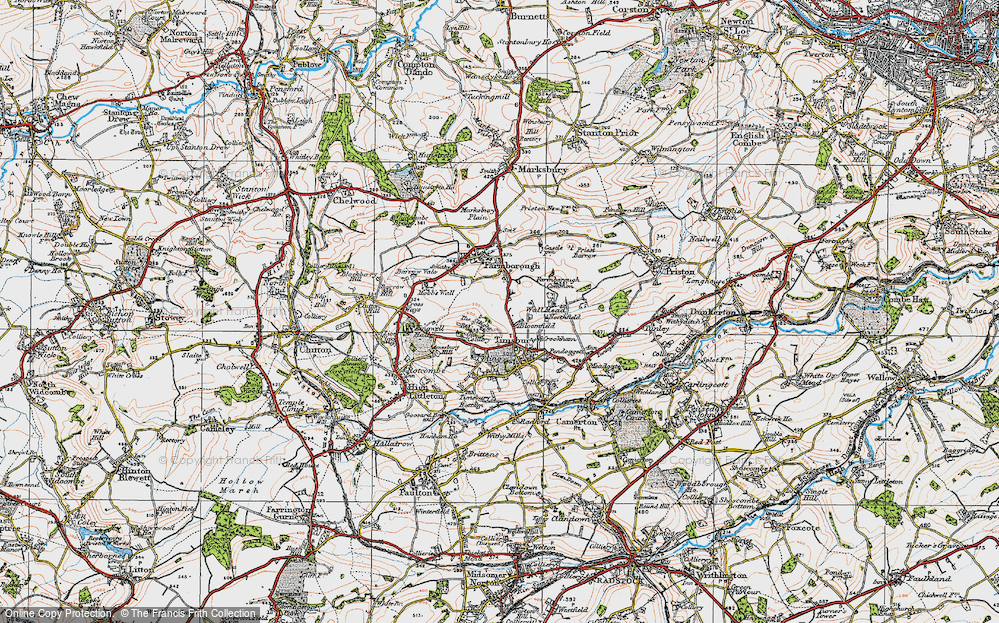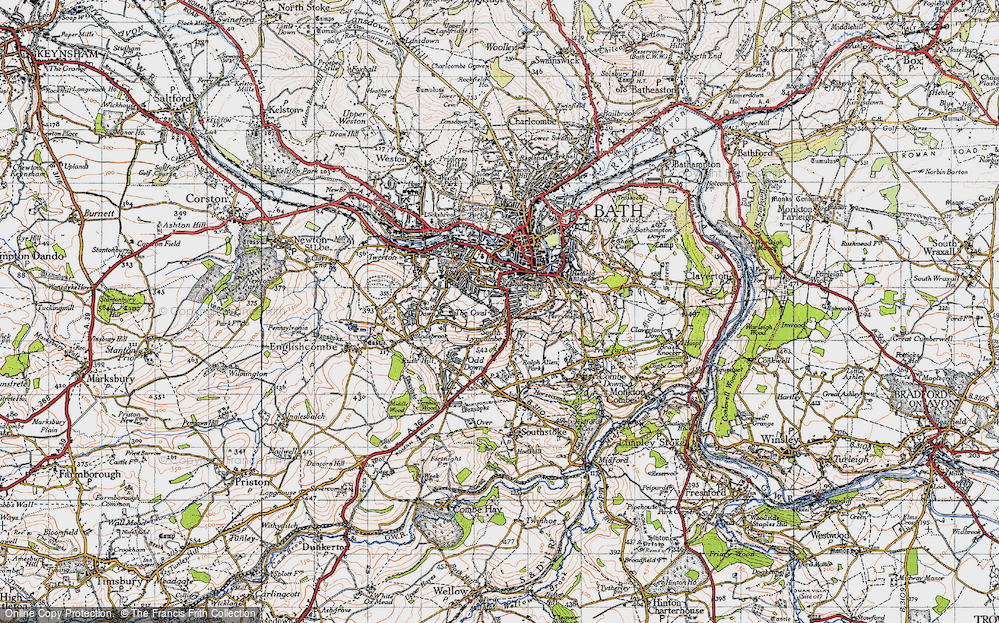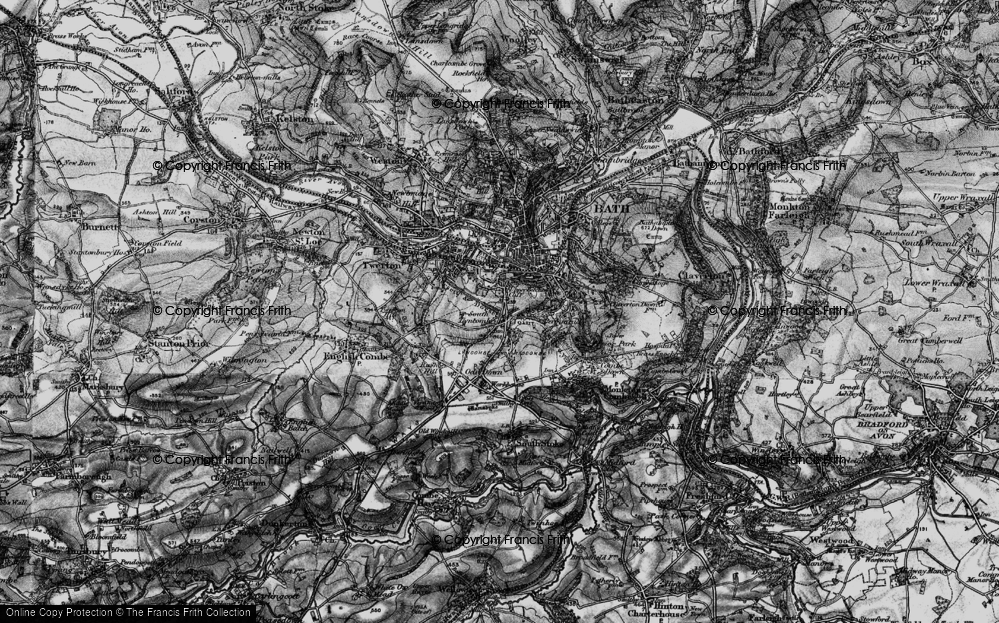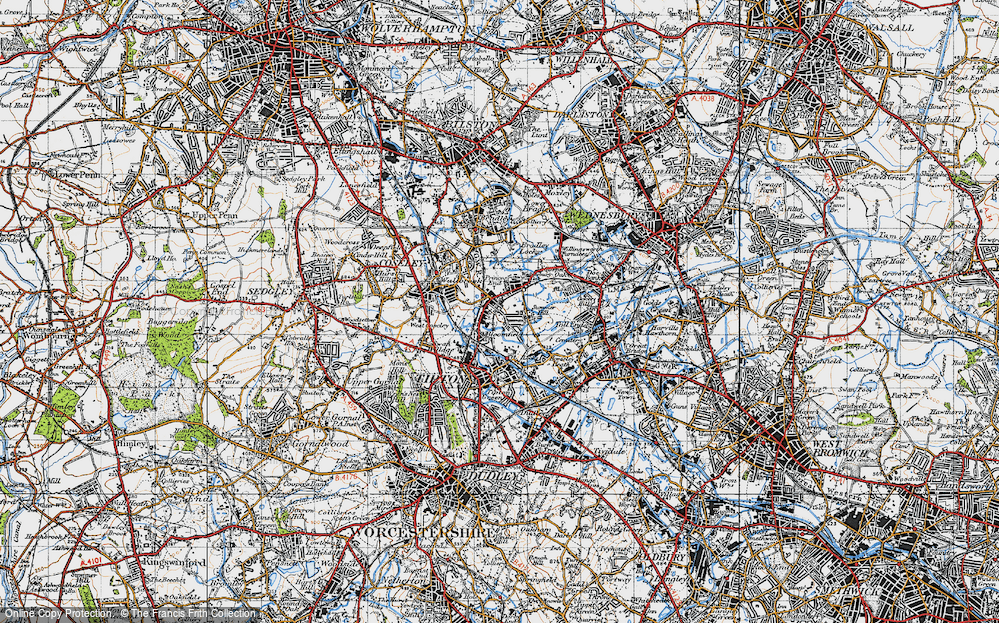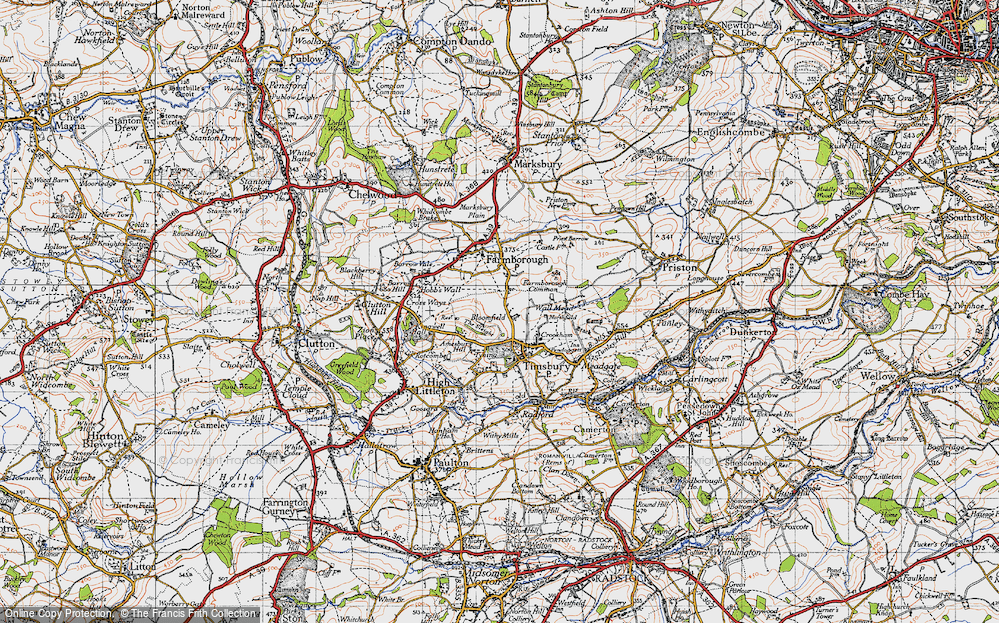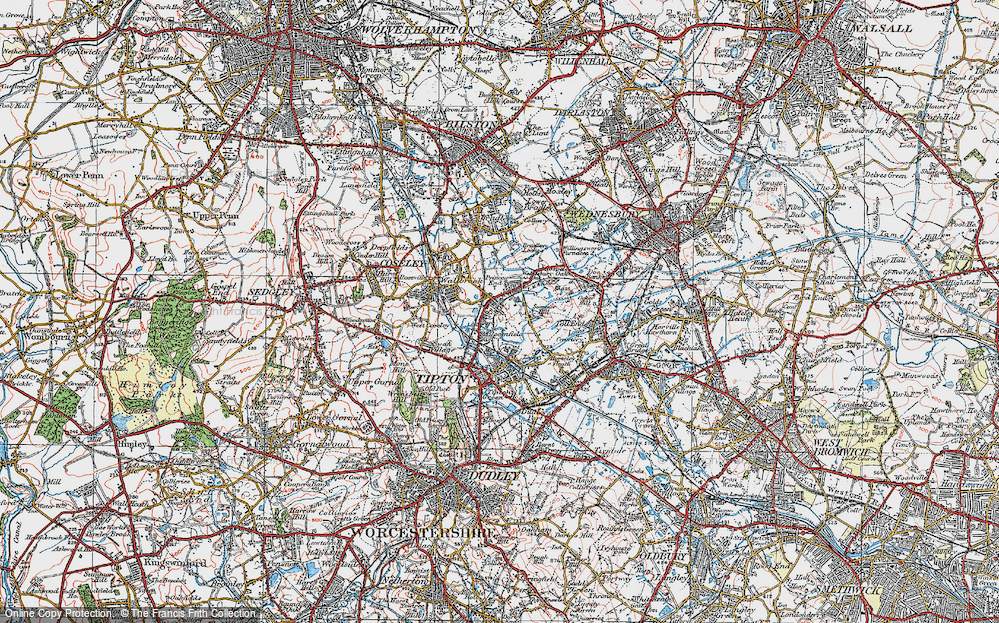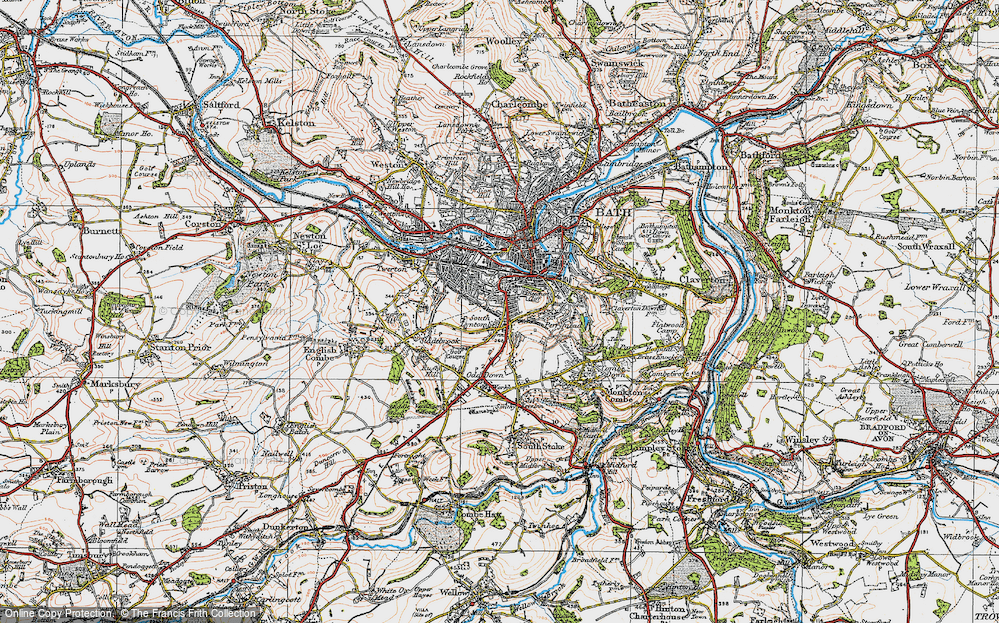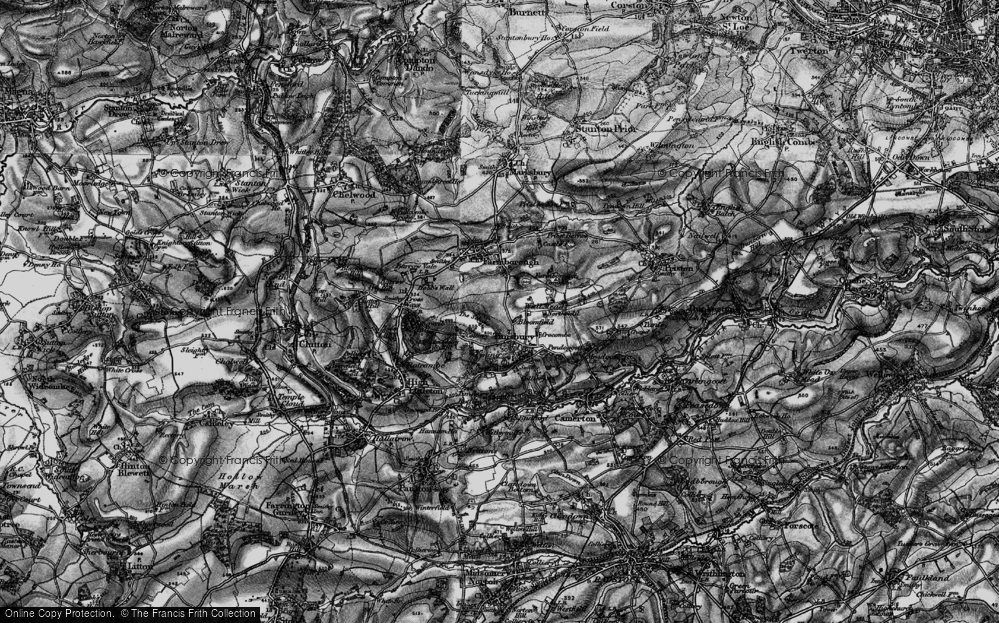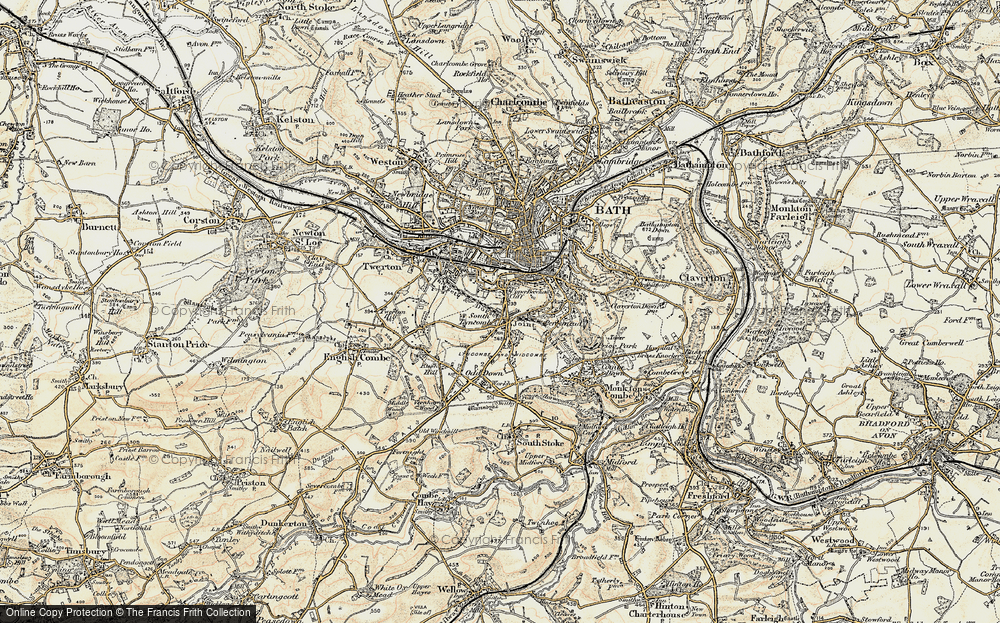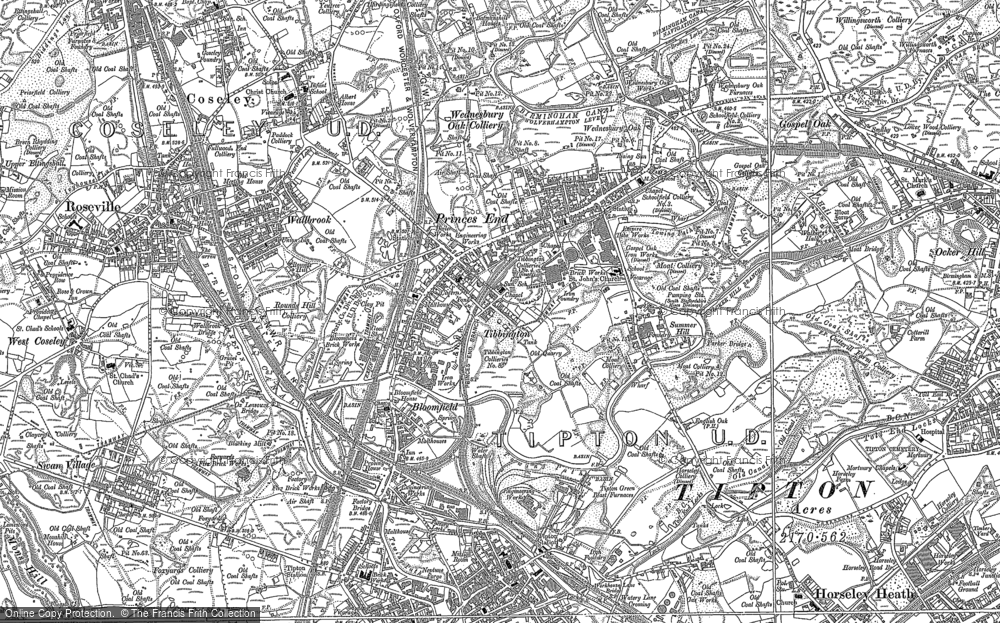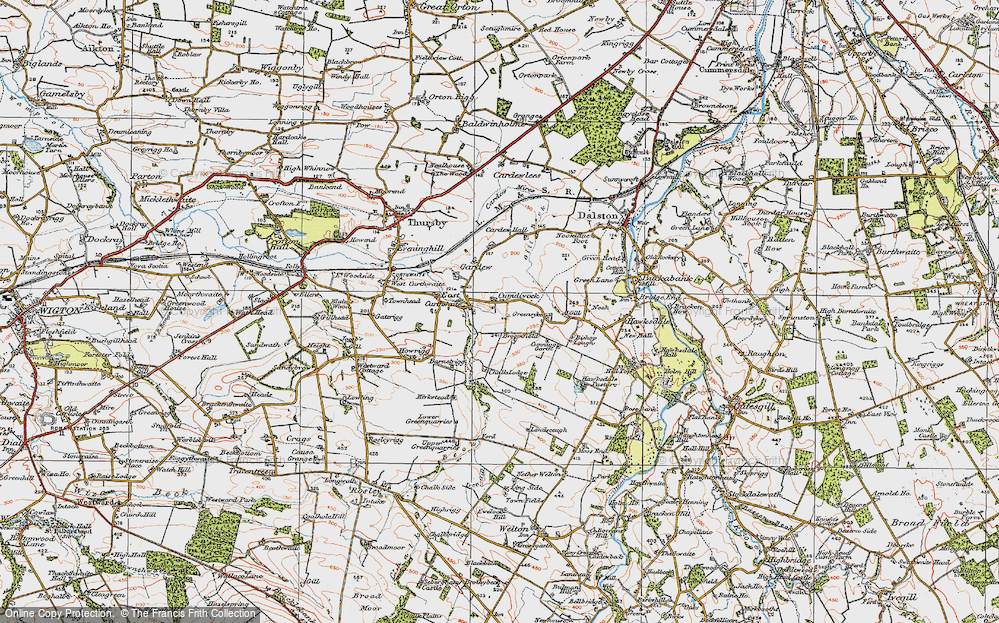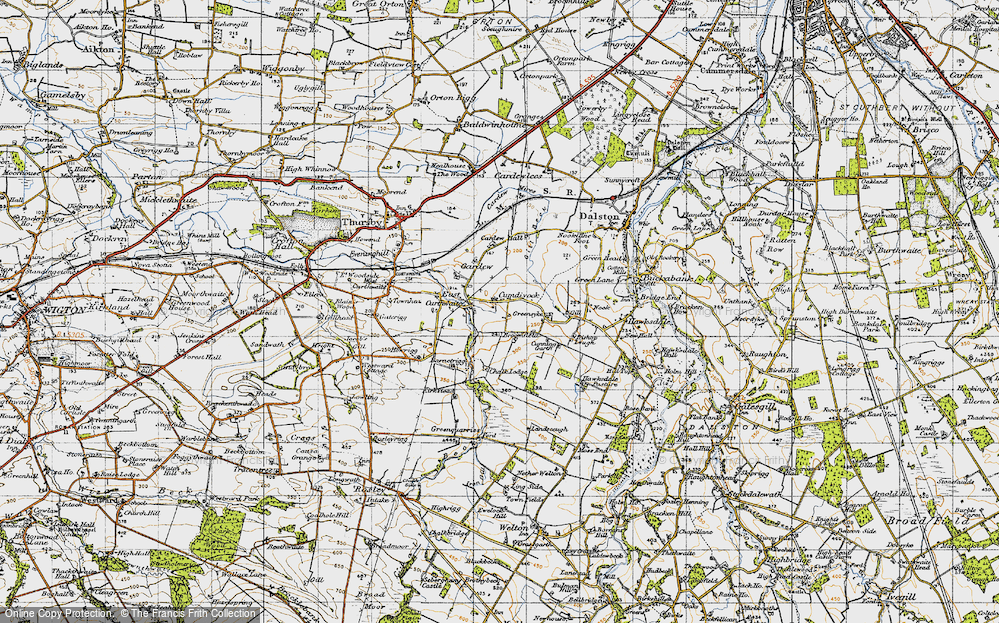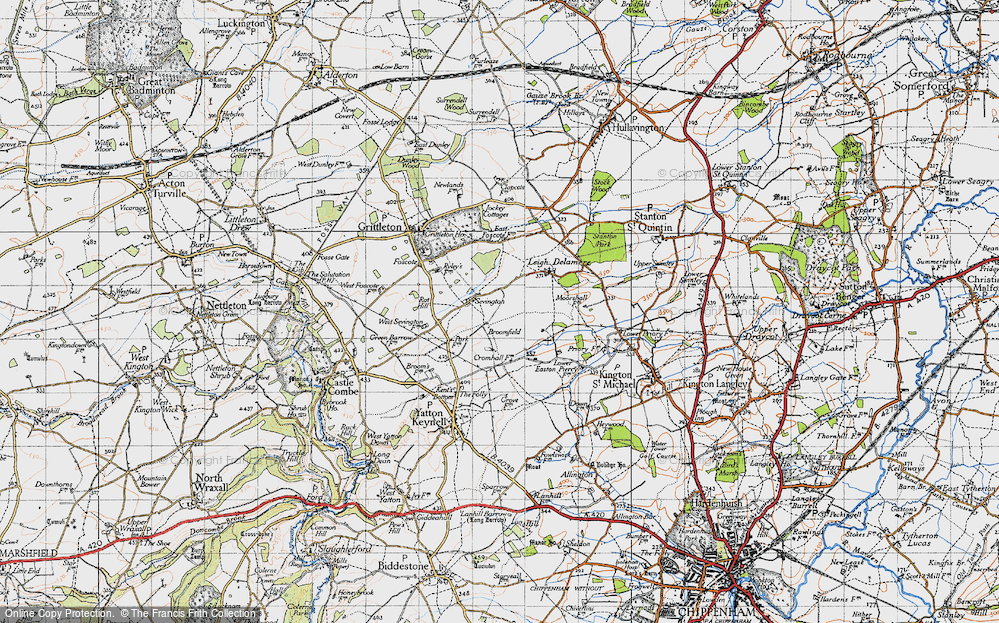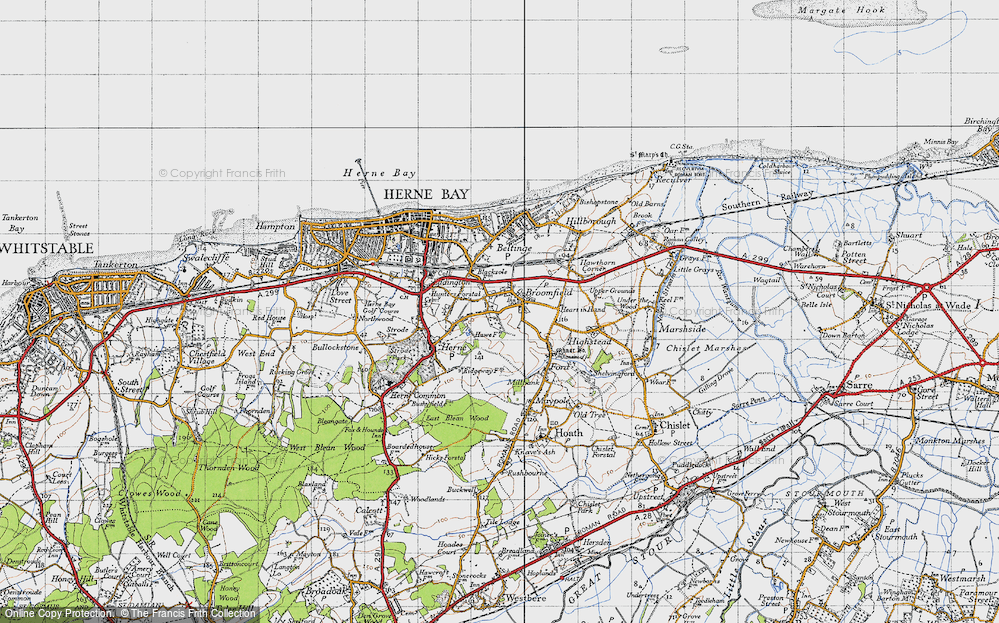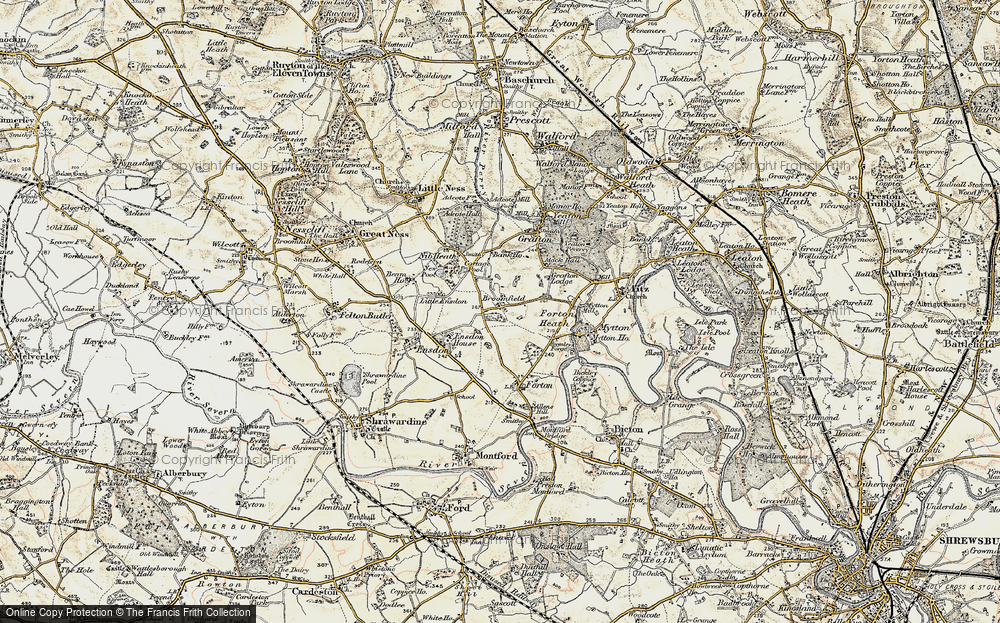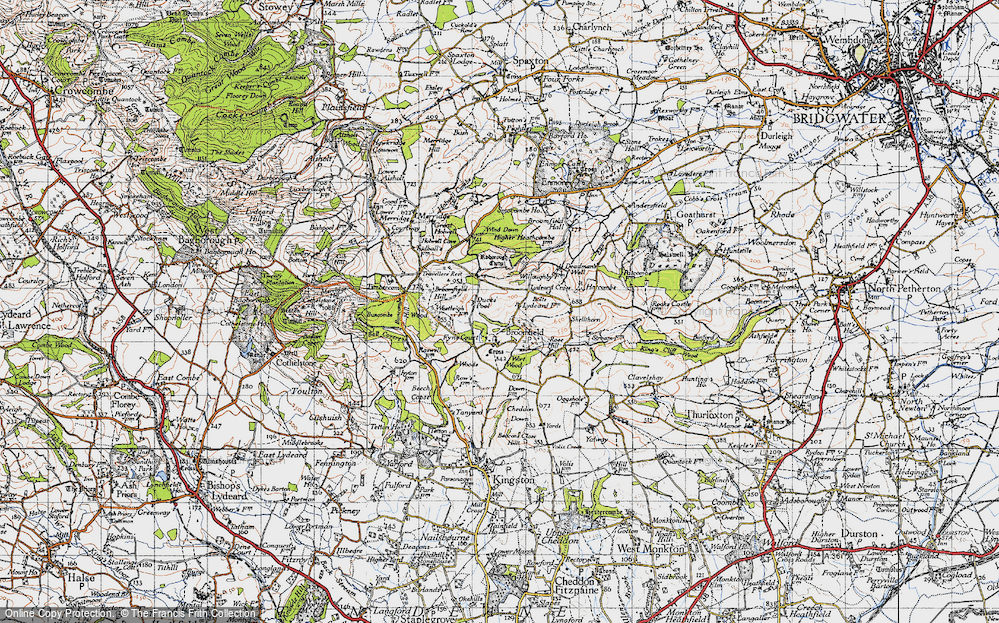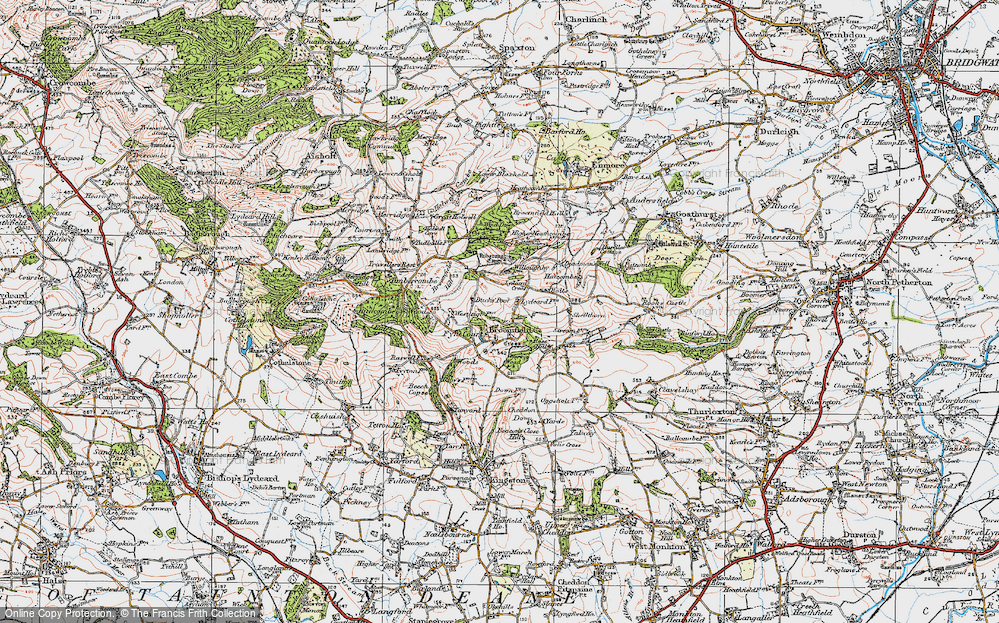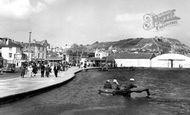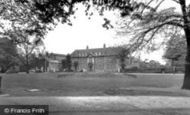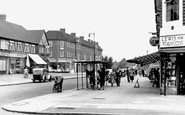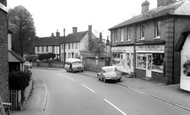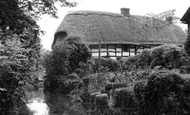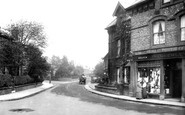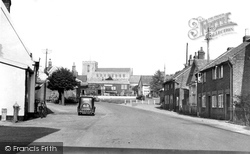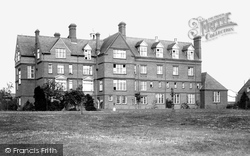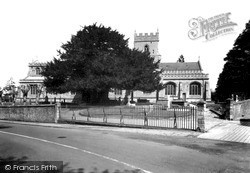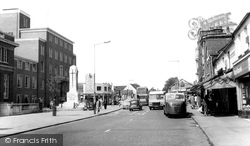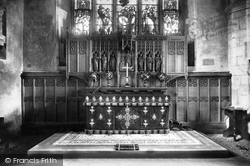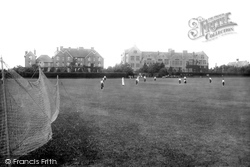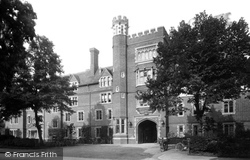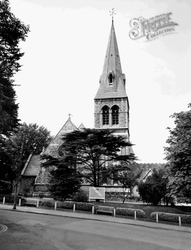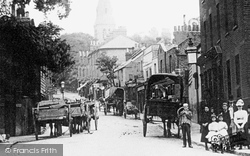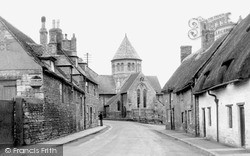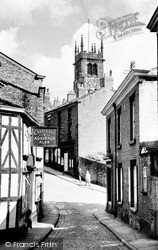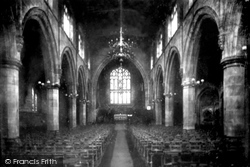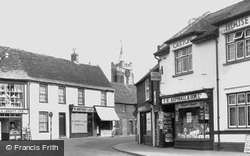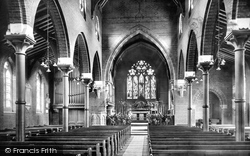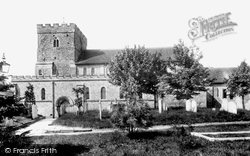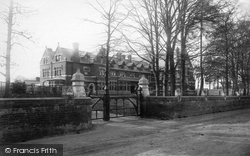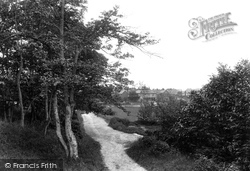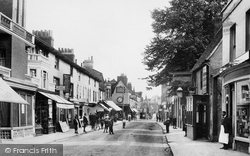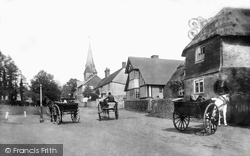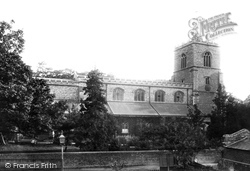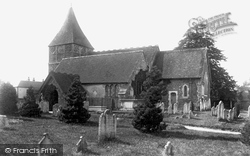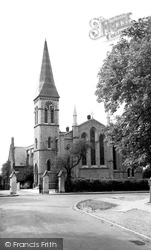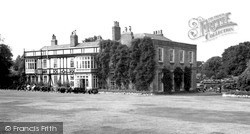Places
3 places found.
Those places high-lighted have photos. All locations may have maps, books and memories.
Photos
Sorry, no photos were found that related to your search.
Maps
47 maps found.
Books
Sorry, no books were found that related to your search.
Memories
57 memories found. Showing results 1 to 10.
"The Esplanade 1925"
Are you sure that's right? I lived in St Leonards (next door to Hastings) for several years, from about 1945 to 1955 and the front was always called the Promenade. But perhaps it was different back in 1925?? We lived in Blomfield ...Read more
A memory of Hastings by
400 Green Lane
It is with found memories of growing up in the war years that I look back on my time in Palmers Green. We had moved from Tottenham in 1940 when I was 6 years old into the shop and house opposite the Fox Lane Almshouses. My ...Read more
A memory of Palmers Green in 1941
Abernethie & Son Ltd
I was very interested in your web site. William Abernethie, owner of Abernethie & Son Ltd 140-144 Uxbridge Road, was my Great great grandfather. He also had a branch at 25 Broadway, Ealing. It was a very successful drapery ...Read more
A memory of Ealing by
Alderman's Hill
I lived in a flat over Walton, Hassell & Port in Alderman's Hill. Situated on the corner of Groveland's Road opposite Broomfield Park. Spent a lot of time in the park, on the swings etc & collecting conkers. I was living ...Read more
A memory of Palmers Green by
Bexleyheath Circa 1950's
I lived in Faygate Crescent, Bexleyheath. Schools I remember attending are Upton Rd, Gravel Hill and Bexleyheath Secondary Modern. I have fond memories of chatting to the girls school across the playing fields from ...Read more
A memory of Bexleyheath in 1950 by
Born In Gt Waltham 1953
My father Eric Grubb was one of three sons and two daughters of George Grubb. (who lived until he was 100 years old). We lived in Six Bells Cottages until we were rehoused in Cherry Garden Road. My mum Gertrude worked ...Read more
A memory of Great Waltham by
Brookside [ Was The Old Wool Shop ] Westbrook Street
My mum Olive Mary Broomfield known as Mary, was born at Brookside West Brook Street. Blewbury. It was originally The Old Wool Shop and was run by my grandmother Minnie Alice Broomfield [ nee Brogden ] . My grandfather was Charles Broomfield but always known as Ben.
A memory of Blewbury by
Broomfield Bakeries,
Yes, I remember a small branch of Broomfields in the block next to Reeves Corner and opposite the Eagle Pub. There was also a Sanders Grocers next to it where Mum would buy split peas that we had that evening with Faggots bought ...Read more
A memory of Croydon by
Broomfield Park Museum
In 1952 I was 8 years old and I lived at Bush Hill Park, Enfield. During my childhood my favourite park in the area was Broomfield, the particular attraction being the museum in Broomfield House. I vividly ...Read more
A memory of Southgate in 1952 by
Captions
32 captions found. Showing results 1 to 24.
Ahead, below the church, is Bloomfield's engineering works – Bloomfield's were agents for Massey Harris machinery. To the left was Victor Last's blacksmith's shop.
The school was designed by Sir Arthur Bloomfield in 1883; it contained the Headmaster's residence, boarding accommodation and classrooms, including the 'Big School', later the library, on the ground floor
Canon Sir James Philipps, rector from 1859 to 1897, paid Blomfield to renew the church of St Denys in 1887- 89.
Broomfield Road corner was already a problem, with its 'No Right Turn' signs and people wary of crossing the road.
The design was by Sir Arthur Blomfield, and it was carved by Thomas Nicholls of Kennington.
To the right of the picture, the present-day clock tower, designed by Sir Reginald Blomfield in 1926, is yet to be added.
Selwyn College was designed in the Tudor Gothic style by Sir Arthur Blomfield.
Standing high above the town centre and attractively sited on the crown of the hill, the church with its elegant broach spire was designed by Sir Arthur Blomfield in c1861, but not completed until 1881
Look up the hill at the turn of the century, and see this posed but superbly evocative photograph of an attractive mixture of domestic building styles, culminating in the spire of Blomfield's Christ Church
At the far end of the street, dominating the picture, is Jesus Church, built in 1879 by Arthur Blomfield. He also carried out various improvements to Oundle School.
The church beyond is St Michael's, rebuilt in 1901 to the design of Sir Arthur Blomfield, who was also the architect of the Bank of England in London.
The nave is by Blomfield, and would have been brand new when this photograph was taken. The chancel and east window were built a few years earlier and are by James Stevens.
The church peering over the rooftops was largely restored by Blomfield in 1910.
Selwyn College was designed in the Tudor Gothic style by Sir Arthur Blomfield.
Sir Arthur Blomfield's hard brick 1872 church replaced a brick one of 1713-14, which itself had replaced the medieval building destroyed in the 1648 siege.
Within the last 25 years it had undergone remodelling under the supervision of Sir Arthur Blomfield.
The Broomfield Road premises - pictured in the year of their completion - were the school's third proper home.
Included in this view (taken from the top of what is known as the Broomfields) is the old Willesborough Hospital.
Although it had decamped to Broomfield Road by the time this picture was taken, the Grammar School had formerly stood here - the entrance to the old buildings being just to the left of
The Sir Arthur Blomfield church, dedicated to St Mary Magdalen, was built a generation before, almost at the same time as the school nestling behind the trees on the left.
The nave and chancel were rebuilt again in flint in the 1880s by Sir Arthur Blomfield with rainwater heads dated 1884.
A new village was born around the railway station and with it a new church, St Mary's, built in 1892 by Sir Arthur Blomfield.
The building has echoes of the Commissioners' preaching boxes so familiar around London, but in 1898 this austere quality was partly ameliorated by additions to the designs of Sir Arthur Blomfield.
Broomfield House has a complicated history. It expanded around a simple timber-framed late mediaeval building.


